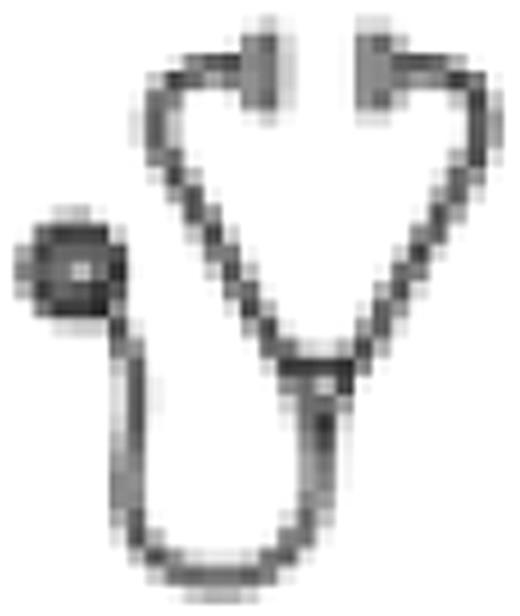Abstract
Abstract 3675
The FDA-approved label for recombinant FVIIa (rFVIIa), for treatment of bleeding episodes and prevention of bleeding in surgical or invasive procedures in CHwI patients, recommends initial dosing with 90 mcg/kg as a bolus injection. Patients typically require 2–3 injections for bleed resolution. Based upon three clinical trials comparing a single dose of 270 mcg/kg to 3 doses of 90 mcg/kg, the single-dose 270 mcg/kg rFVIIa regimen was approved by the EMA in March 2007 for treatment of mild-to-moderate bleeds in hemophilic inhibitor patients. Published reports indicate that rFVIIa dosing utilized in clinical practice varies widely. Furthermore, the broad adoption of home treatment makes it difficult to estimate how frequently higher doses (doses > 90 mcg/kg) are used, particularly in the US, and whether or not higher doses pose safety concerns, namely development of thromboembolism.
To report the frequency of use of higher doses of rFVIIa for on-demand or prophylactic treatment in clinical trials and registries that included safety monitoring, particularly for occurrence of thromboembolic events (TEs).
Data for on-demand treatment of bleeds with rFVIIa in patients with CHwI, were obtained from two published, prospective, randomized studies, one prospective, observational diary study in the US, and the ongoing US-based Hemophilia and Thrombosis Research Society (HTRS) registry database. Data on prophylactic use of rFVIIa in patients with CHwI were obtained from a published, prospective, randomized trial. Information on demographics, rFVIIa dosing, and frequency of TEs were collected and reported using descriptive statistics.
A total of 232 CHwI patients reported 20,496 rFVIIa doses administered either for on-demand treatment of 2,286 bleeding episodes or prophylactic treatment for 1,885 days. The majority (81%) of patients were diagnosed with hemophilia A and reported an inhibitor titer range of 0.5 – 20,000 BU, and 9% of patients were diagnosed with hemophilia B. Whites comprised 72% of patients for whom race information was available. Patient age ranged from < 1 year to 62 years, and adults (>18 years old) comprised 37% of the patients studied. All five data sources included use of rFVIIa doses > 90 mcg/kg, the dose recommended in the current US label. Doses of rFVIIa > 120 mcg/kg, > 160 mcg/kg and >240 mcg/kg comprised 40.2% (8,232 doses), 25.9% (5,316 doses) and 8.0% (1,644 doses), respectively, of the 20,496 doses administered to all patients, and comprised 30.8% (1,171 doses), 27.3% (1,037) and 12.1% (460), respectively, of the 3,800 doses administered specifically to adults (>18 years old). No TEs were reported across the five data sources irrespective of the dose administered.
A comprehensive review of data of over 20,000 rFVIIa doses used for either prophylactic or on-demand treatment of bleeding episodes demonstrates the frequent use and safety of rFVIIa doses above the US FDA-approved dose. The absence of TEs in 8,232 higher doses (i.e. doses > 120 mcg/kg, including 460 doses > 240 mcg/kg in adults) suggests TEs are likely uncommon at doses up to 300 mcg/kg, and reaffirm the low TE incidence (0.2%) reported in CHwI trials at standard doses (≤ 90 mcg/kg). Substitution of fewer high doses in place of more frequent lower doses may provide improved compliance and avoid the need for short interval repetitive dosing. Evaluation of additional data sources such as the ongoing European ONE Registry, the recently completed PRO-PACT study (retrospective global chart review for assessment of prophylactic treatment), UKHCDO, and other global registries in countries where 270 mcg/kg dosing has been approved for clinical use, will enlarge the current data set and provide even better estimates of the frequency of use of higher doses of rFVIIa and occurrence of TEs across a larger, more global population.
Shapiro:Novo Nordisk: Consultancy. Off Label Use: rFVIIa dosing for approved indications above the PI recommendations. Neufeld:Novo Nordisk: Research Funding; Baxter: Research Funding; Bayer: Research Funding. Cooper:Novo Nordisk Inc.: Employment.

This icon denotes an abstract that is clinically relevant.
Author notes
Asterisk with author names denotes non-ASH members.

